Pet snakes, contrary to popular belief, are not simply decorative creatures that can be left alone in their tanks indefinitely. These fascinating reptiles require mental stimulation and environmental enrichment to thrive in captivity. While snakes may not display boredom in ways similar to mammals like dogs or cats, they can indeed experience stress and behavioral changes when under-stimulated. Recognizing the subtle signs of boredom in your snake is crucial for maintaining its physical and psychological well-being. This article explores eight key indicators that your serpentine companion might need more enrichment and engagement in its life.
Understanding Snake Behavior and Enrichment Needs
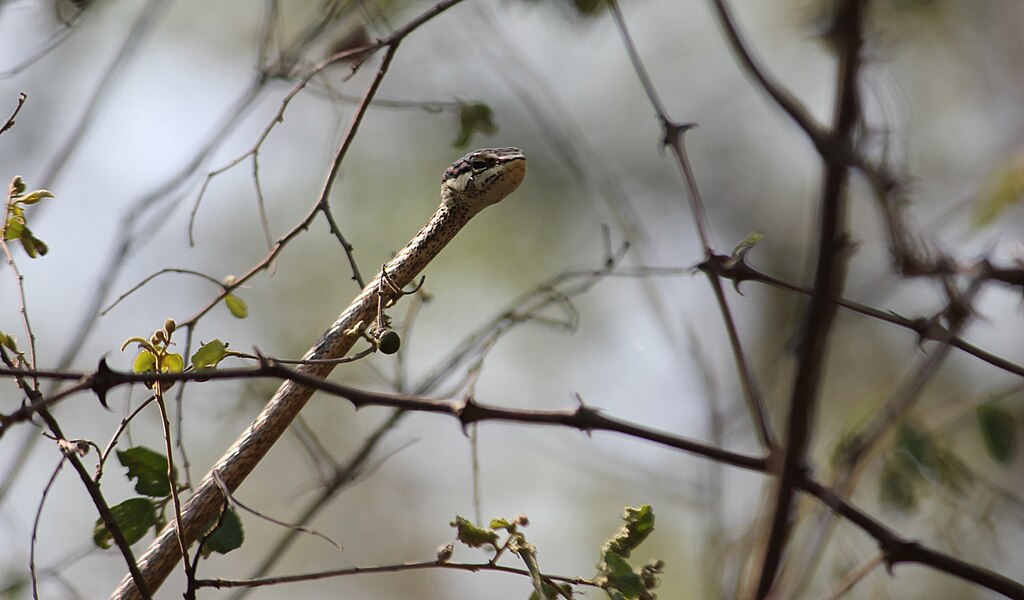
Snakes are often misunderstood as creatures that require minimal interaction or environmental complexity. In reality, wild snakes navigate diverse terrains, hunt prey, and engage in various behaviors that stimulate their senses and instincts. In captivity, these natural behaviors can be limited, potentially leading to stress and boredom. Reptile enrichment focuses on providing opportunities for species-appropriate behaviors such as exploration, climbing, hiding, hunting, and thermoregulation. Understanding your specific snake species’ natural habitat and behaviors is fundamental to creating an engaging captive environment. Different species have varying activity levels and environmental preferences, with arboreal species like green tree pythons having different needs compared to terrestrial species like corn snakes.
Sign 1: Excessive Glass Surfing
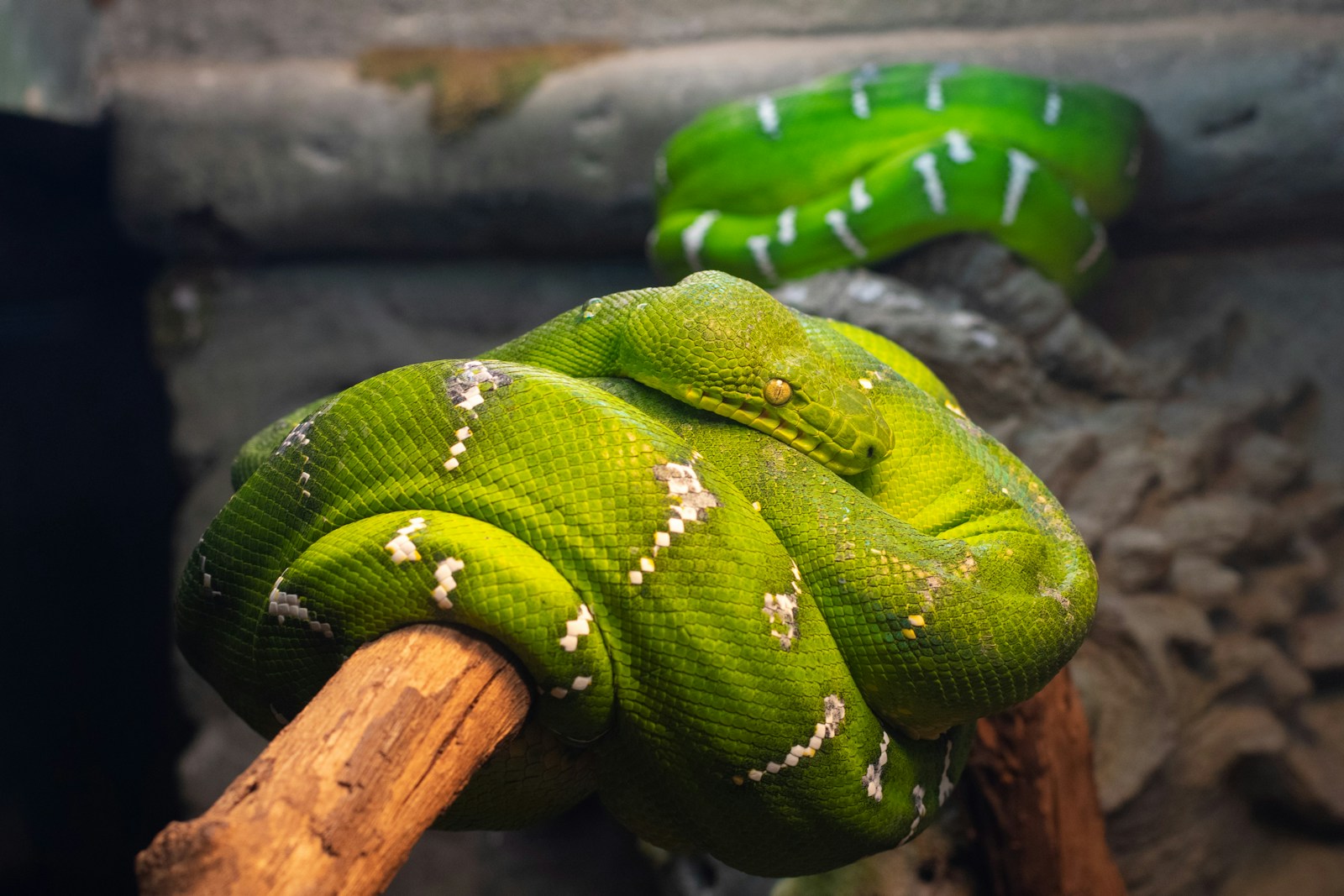
“Glass surfing” refers to when a snake repeatedly slides along the glass walls of its enclosure, seemingly trying to escape. This behavior, characterized by persistent movement up and down the sides of the terrarium, is one of the most common indicators of an under-stimulated snake. While occasional glass surfing can be normal exploratory behavior, constant or frantic attempts may indicate your snake feels confined or lacks sufficient environmental complexity. This behavior is particularly noticeable when it becomes repetitive and obsessive, with some snakes spending hours performing the same movements. If your snake has suddenly developed this behavior or does it consistently throughout the day, it’s likely experiencing significant stress related to its environment.
Sign 2: Decreased Interest in Food
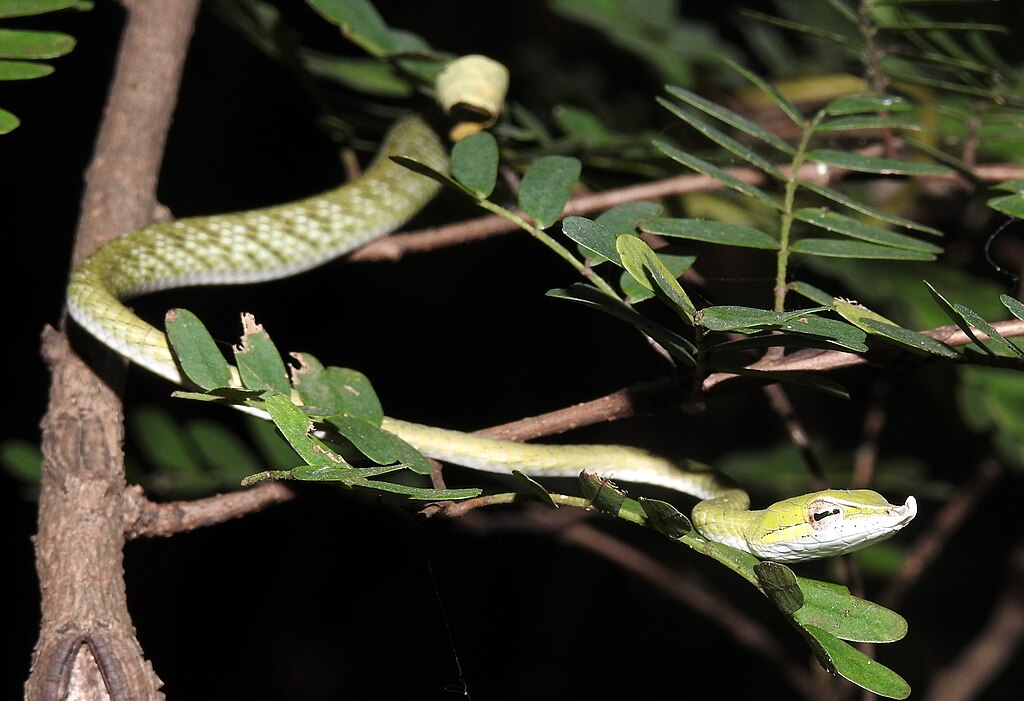
A bored or under-stimulated snake may exhibit changes in its feeding response. While seasonal appetite fluctuations are normal for many snake species, a sudden disinterest in food without other explanations (such as shedding, breeding season, or illness) might indicate psychological distress. Some snakes may become lethargic during feeding time or refuse food entirely despite being in otherwise good health. This can be particularly concerning in species that typically have robust feeding responses, such as ball pythons or corn snakes. It’s important to rule out medical issues first by consulting with a reptile veterinarian, but if health problems are eliminated as a cause, environmental enrichment might rejuvenate your snake’s appetite.
Sign 3: Abnormal Hiding Behavior

Changes in hiding patterns can indicate boredom or stress in pet snakes. While snakes naturally spend time concealed in hides, both excessive hiding and unusual exposure can signal problems with their environment. A typically active snake that suddenly spends all its time hidden may be feeling insecure or under-stimulated. Conversely, a snake that stops using its hides altogether might be searching for more stimulation or experiencing discomfort with the provided hiding spots. The quality of hiding opportunities is just as important as their presence—snakes prefer secure, snug hides that contact their bodies on multiple sides, creating a sense of security. Providing multiple hiding options in different thermal zones of the enclosure allows for both concealment and proper thermoregulation.
Sign 4: Restlessness and Increased Activity at Unusual Times
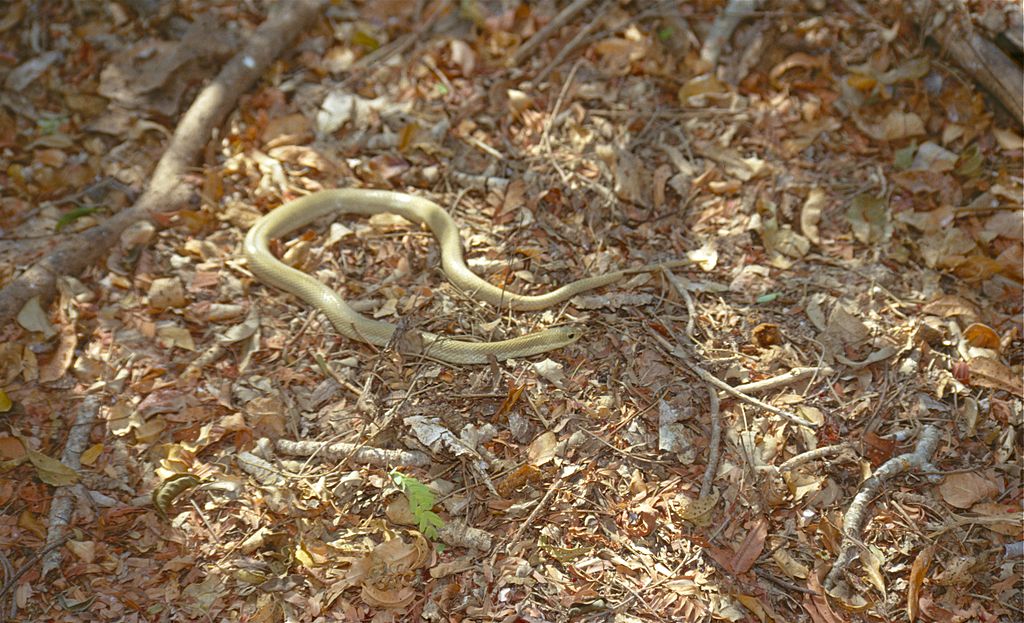
Snakes typically have predictable activity patterns based on their species, with crepuscular (dawn and dusk) or nocturnal tendencies being common. A bored snake may display unusual activity patterns, becoming restless during times it would normally be resting or showing heightened activity levels overall. This restlessness often manifests as continuous movement around the enclosure, as if searching for something that isn’t there. Some snake owners report their pets moving hide to hide, climbing decor repeatedly, or even disturbing substrate excessively when under-stimulated. This change in behavior can be particularly noticeable in normally sedentary species like ball pythons, which might suddenly begin exploring actively at odd hours when their environment lacks sufficient enrichment.
Sign 5: Striking or Defensive Behavior Without Provocation
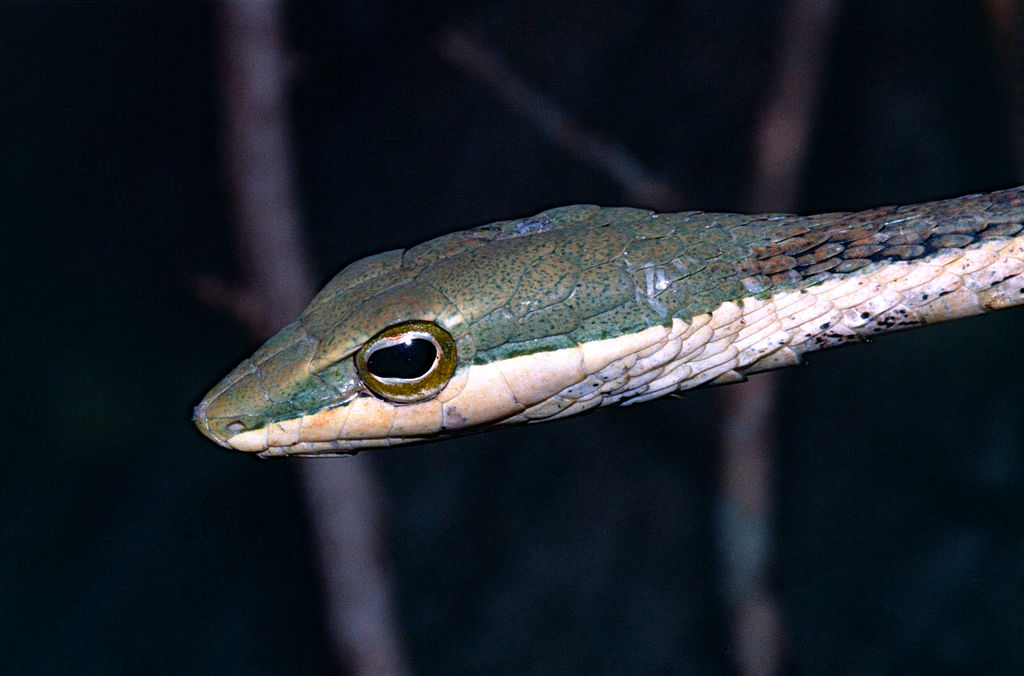
A typically docile snake that begins displaying unprovoked defensive behaviors might be experiencing stress from under-stimulation. These behaviors can include striking at movement outside the enclosure, maintaining a defensive posture (such as an S-shaped stance), hissing, or tail rattling when no threat is present. Such reactions often indicate that the snake feels constantly threatened or insecure in its environment, which can result from a lack of adequate hiding places, improper handling, or insufficient environmental complexity. This heightened defensiveness sometimes develops gradually, with the snake becoming increasingly reactive over time as environmental stress accumulates. The shift from a calm, handleable pet to one that displays frequent defensive behaviors without clear triggers should always prompt a careful evaluation of the snake’s living conditions.
Sign 6: Abnormal Body Posture or Positioning

Bored or under-stimulated snakes may adopt unusual body positions that differ from their typical resting or alert postures. This might include “stargazing” (where the snake holds its head and neck upward for extended periods), tight coiling that doesn’t serve thermoregulatory purposes, or constantly pushing the head against enclosure corners. Some species normally rest in specific positions—ball pythons typically form a loose ball, while arboreal species may drape across branches—and deviations from these natural postures can indicate discomfort or stress. Persistent unnatural body positioning should be evaluated first for medical issues such as neurological problems, but once health concerns are ruled out, environmental factors often emerge as the cause.
Sign 7: Abnormal Shedding Patterns
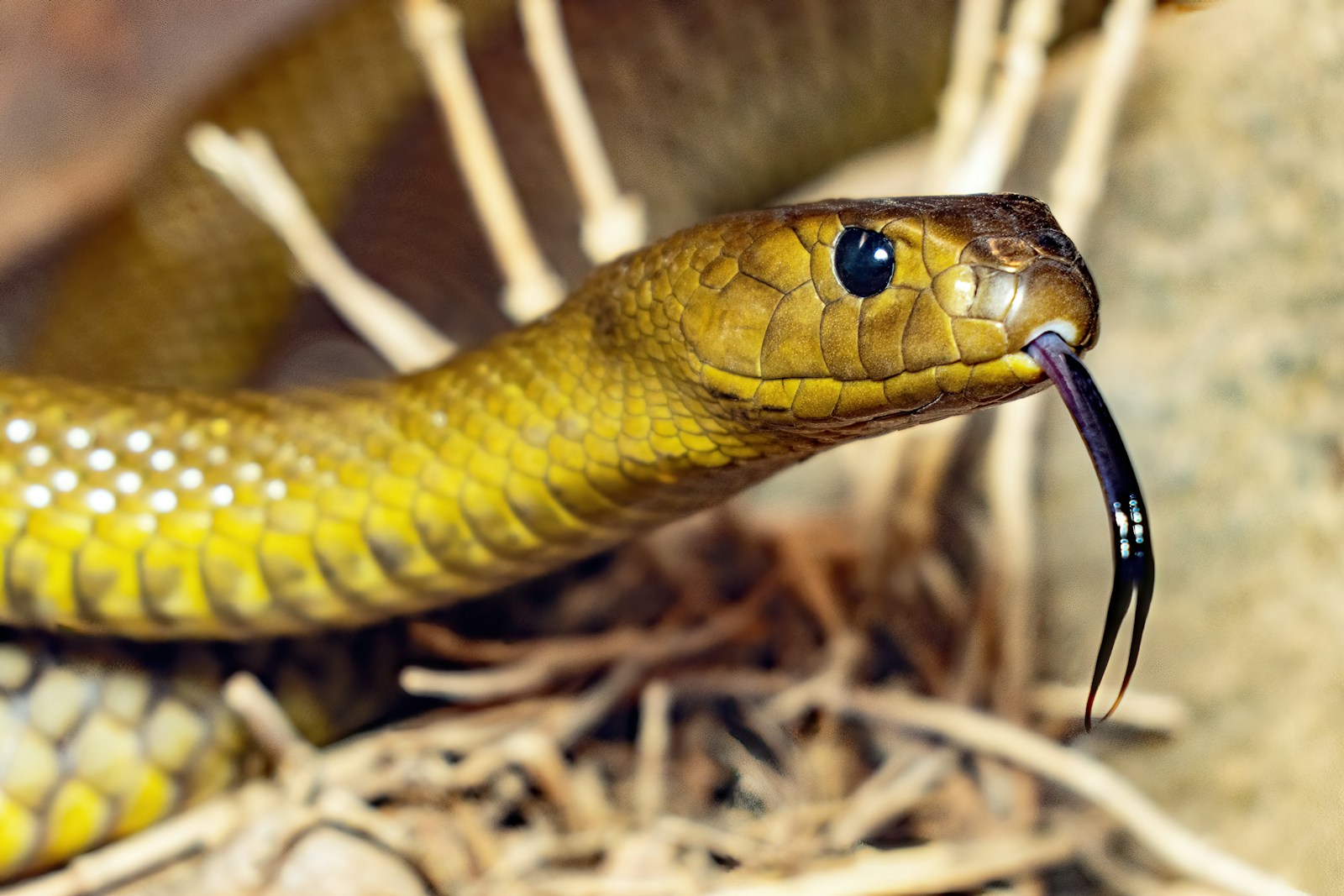
Environmental stress, including that caused by under-stimulation, can disrupt a snake’s normal shedding process. A stressed snake may experience incomplete sheds (where pieces of old skin remain attached) or more frequent shedding cycles than usual for the species and age. While incomplete sheds are often attributed to humidity issues, the underlying cause can sometimes be stress-related, as physiological stress affects skin health and hormone regulation. Some snake owners report their pets going through “stress sheds,” where the shedding cycle begins unexpectedly following environmental changes or periods of under-stimulation. Proper enrichment not only provides mental stimulation but also creates opportunities for physical behaviors that aid in shedding, such as rubbing against textured surfaces to loosen old skin.
Sign 8: Lethargy or Lack of Muscle Tone
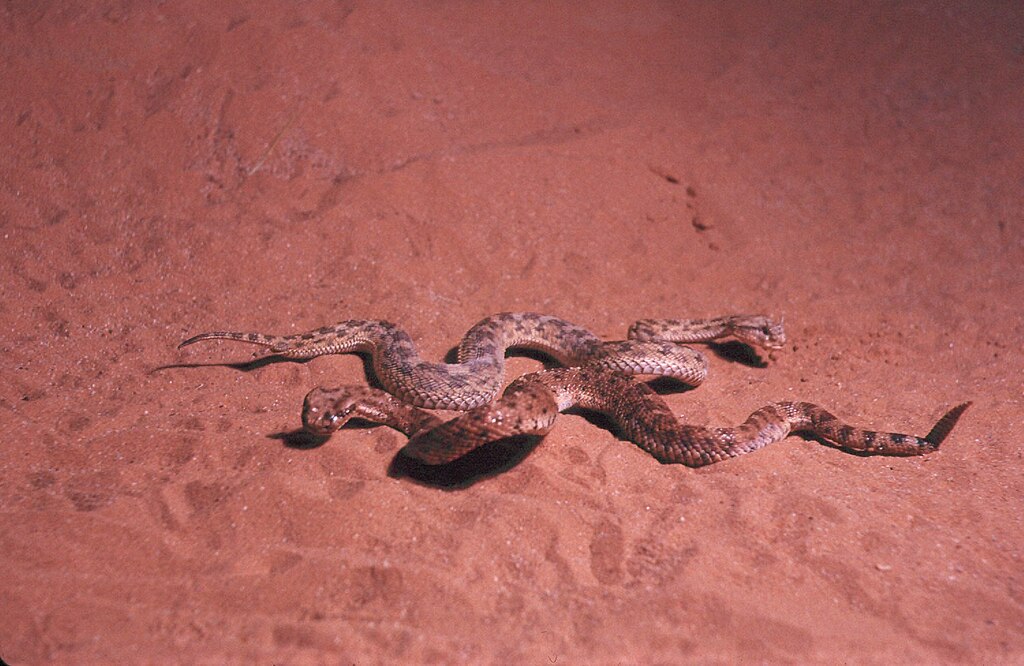
A chronically under-stimulated snake may develop poor muscle tone and general lethargy that extends beyond its normal rest periods. This can manifest as weakness when climbing, difficulty maintaining posture, or a generally “flaccid” appearance compared to a healthy, properly stimulated snake of the same species. Some snake owners describe this condition as their pet feeling “mushy” or “too relaxed” when handled, lacking the firm muscle tension that indicates good condition. This deterioration in physical condition occurs because captive environments without adequate climbing structures, varied terrain, or hunting opportunities fail to provide the exercise snakes naturally get in the wild. Even primarily terrestrial species benefit from some climbing opportunities and terrain variations that encourage muscle use and development.
Creating an Enriched Environment: Basic Solutions
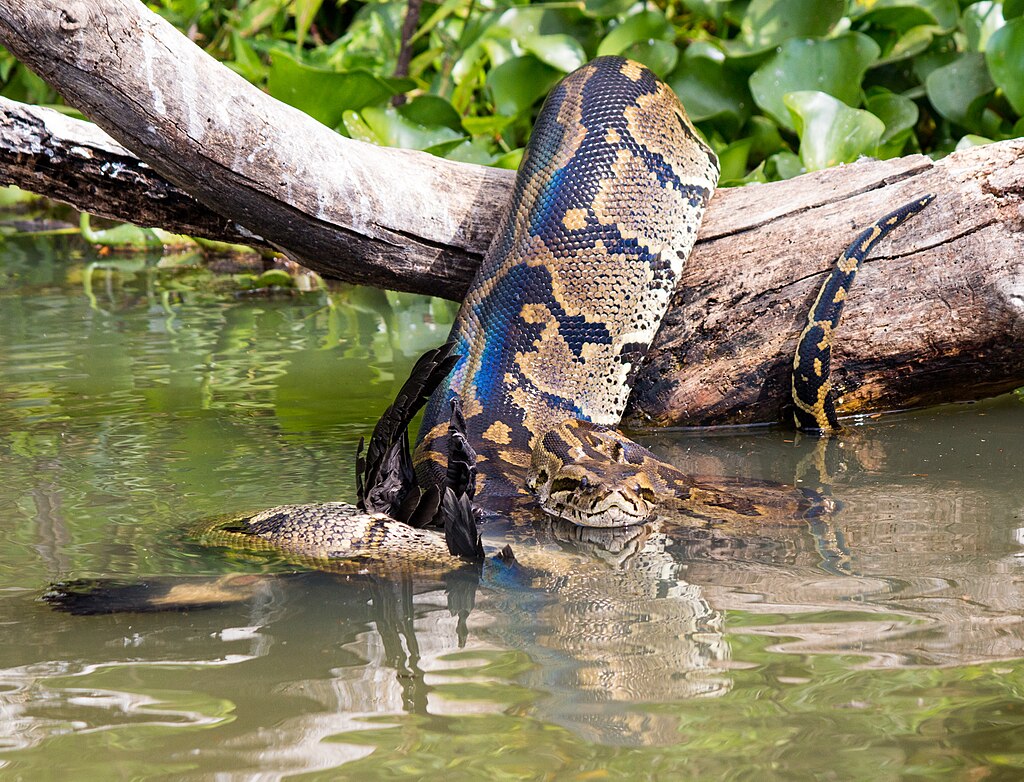
Addressing snake boredom begins with enhancing the physical environment to promote natural behaviors. Start by ensuring the enclosure is appropriately sized—while too small is obviously problematic, excessively large spaces can sometimes cause stress in certain species unless properly designed with ample hiding opportunities. Incorporate varied climbing structures for arboreal and semi-arboreal species, including branches of different diameters and orientations. For terrestrial species, adding multiple terrain levels using safe stacked hides, cork bark pieces, or commercially available reptile furniture creates a more complex environment. Substrate depth should allow for burrowing in species with this natural behavior, with options like coconut fiber, cypress mulch, or bioactive setups providing both enrichment and humidity benefits.
Behavioral Enrichment Techniques
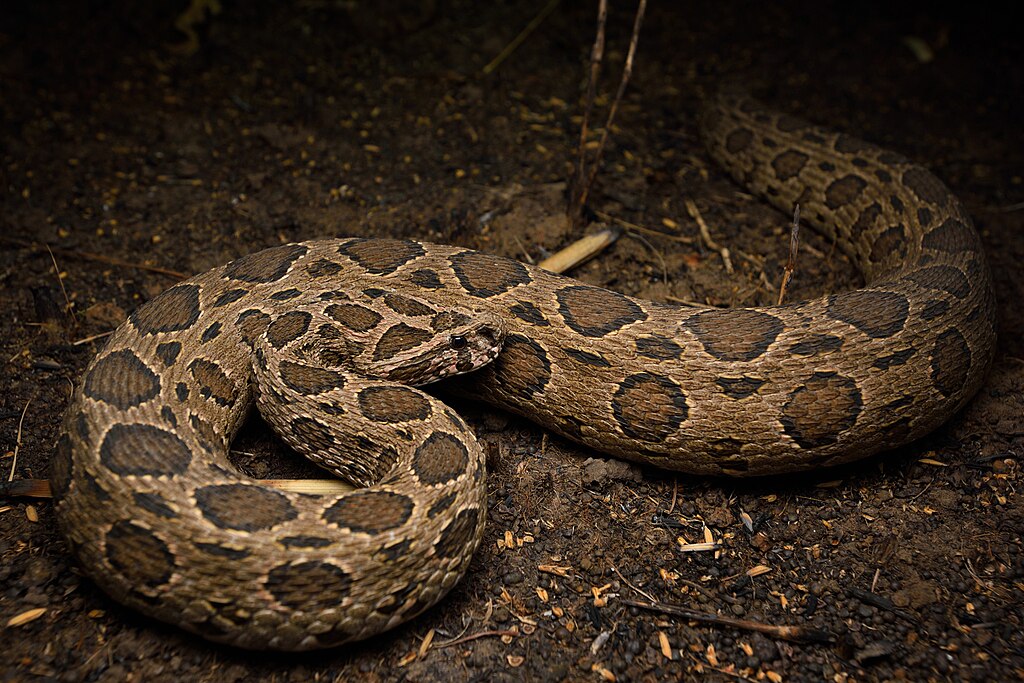
Beyond physical enclosure enhancements, behavioral enrichment activities can significantly benefit captive snakes. Consider implementing varied feeding techniques, such as occasionally placing (appropriately sized, pre-killed) prey items in different locations to encourage hunting behaviors rather than always feeding in the same manner. Some snake keepers report success with puzzle feeders designed specifically for reptiles or hiding food under snake-safe materials to stimulate foraging behaviors. Novel but non-stressful scents can be introduced occasionally by adding fresh leaves, snake-safe plants, or placing new climbing items that carry different natural scents. For some species, occasional supervised exploration of snake-proofed areas outside their enclosure provides mental stimulation, though this should be done cautiously with temperature, escape risks, and stress levels carefully monitored.
When to Seek Veterinary Care
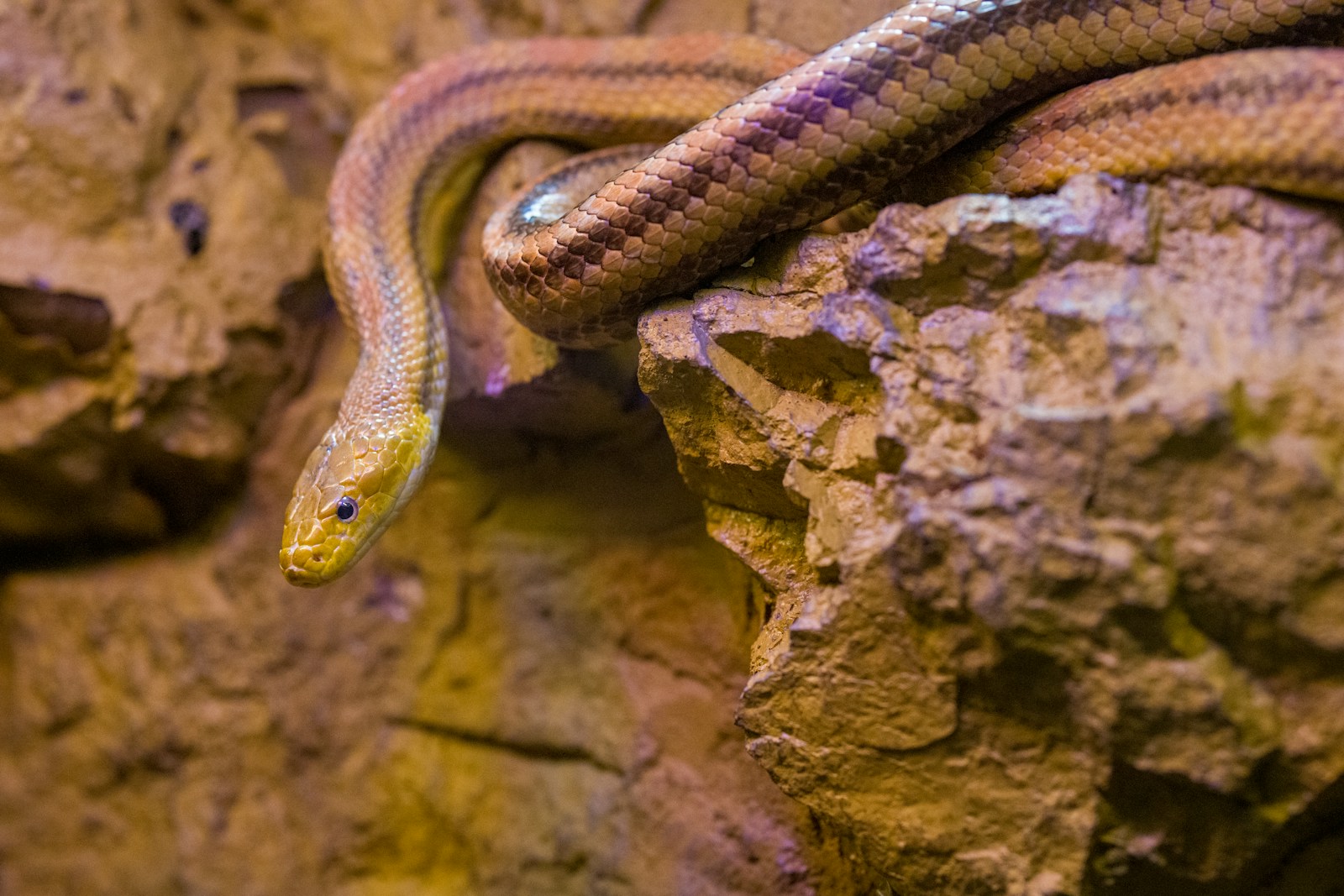
While many behavioral changes can be addressed through environmental enrichment, it’s crucial to recognize when symptoms might indicate medical problems rather than mere boredom. Persistent abnormal behaviors, especially those accompanied by physical symptoms like weight loss, respiratory issues, regurgitation, or visible injuries, warrant prompt veterinary attention from an experienced reptile specialist. Neurological symptoms that might resemble boredom, such as stargazing or abnormal movements, could indicate serious conditions like inclusion body disease in boas and pythons or vitamin deficiencies. Dramatic changes in feeding behavior, particularly complete refusal to eat for extended periods beyond what’s normal for the species, should trigger a veterinary consultation to rule out parasites, infections, or other health issues. Always prioritize medical evaluation when in doubt, as many serious reptile health problems initially present with subtle behavioral changes similar to those caused by under-stimulation.
Species-Specific Enrichment Considerations
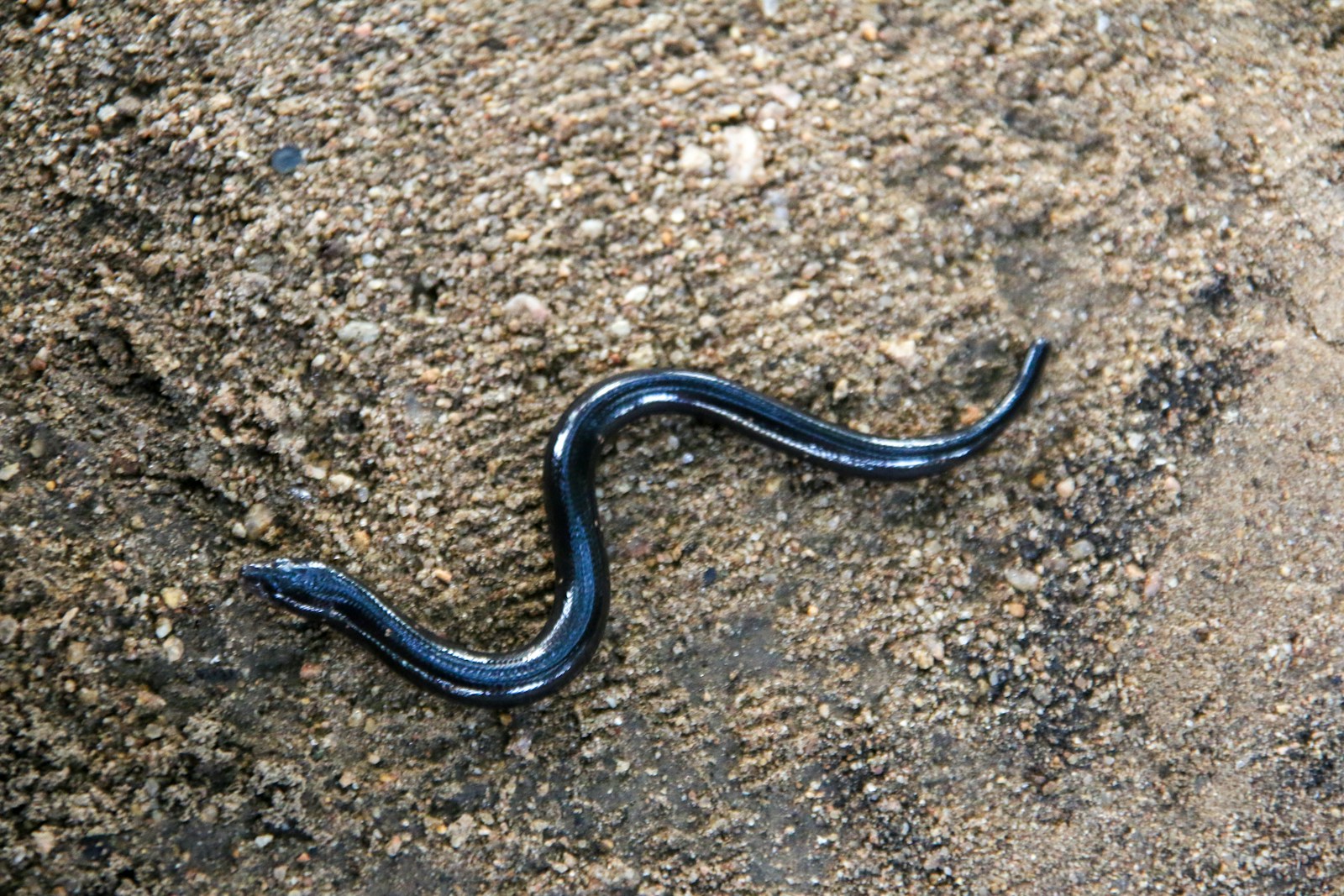
Different snake species have evolved unique behaviors and habitat preferences that should inform their enrichment needs in captivity. Arboreal species like emerald tree boas and green tree pythons require complex branching structures at various heights and may benefit from enclosures with greater vertical than horizontal space. Semi-aquatic species such as water snakes appreciate shallow water features they can fully immerse in, combined with secure basking areas. Colubrids like corn snakes and king snakes tend to be active explorers and benefit from complex terrain with multiple hiding options and climbing opportunities, despite not being considered fully arboreal. Burrowing species such as sand boas need deeper substrates that allow them to completely submerge themselves, creating tunnel systems that provide both mental stimulation and security. Understanding your specific snake’s natural history is essential for creating targeted enrichment that addresses its evolutionary behavioral needs.
Conclusion: The Importance of Environmental Enrichment
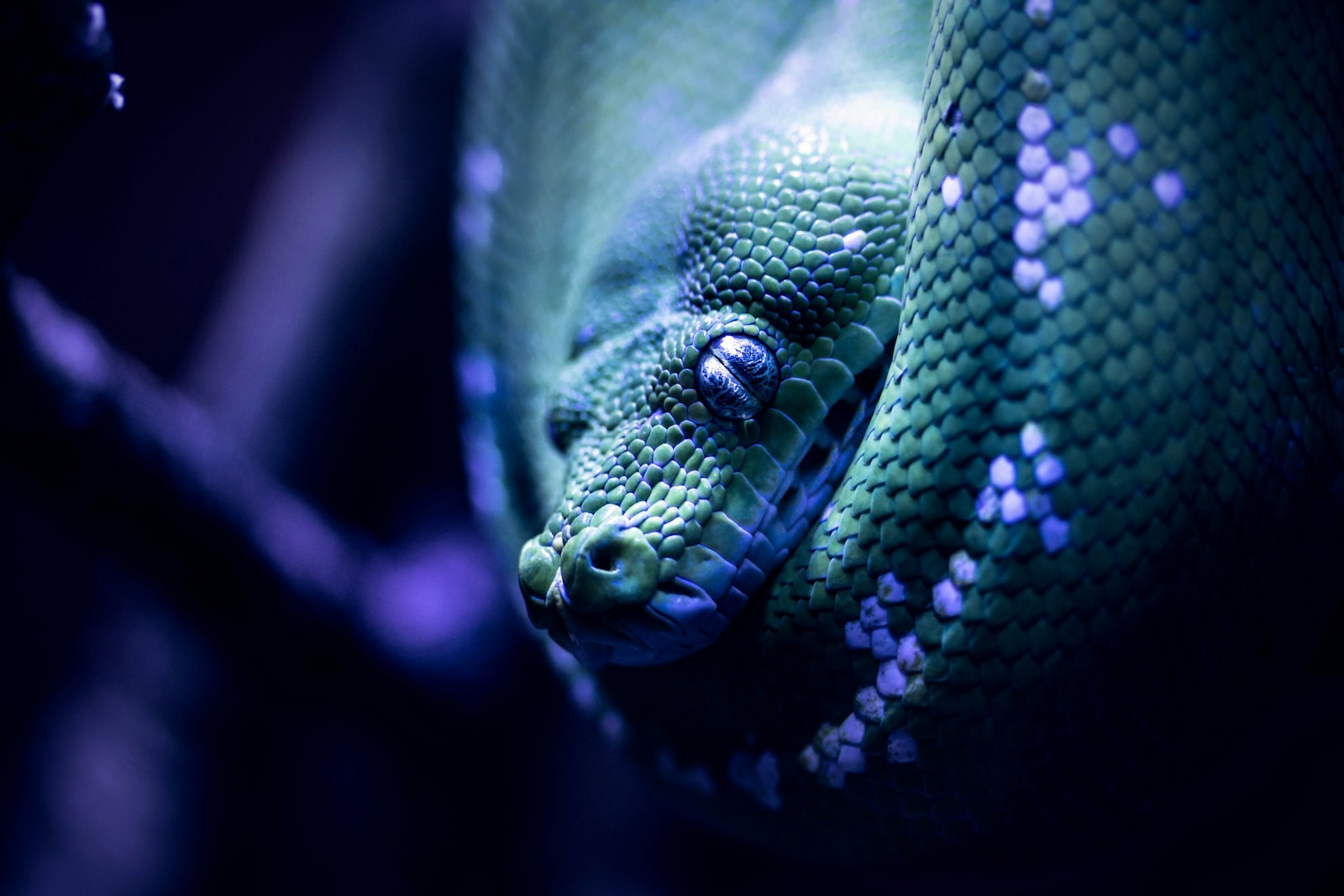
Recognizing the signs of boredom or under-stimulation in pet snakes is an essential aspect of responsible reptile keeping. While snakes may not display their distress in ways immediately recognizable to mammal owners, the behavioral changes discussed in this article can serve as important indicators that your serpentine companion needs environmental enhancement. By providing appropriate enrichment tailored to your snake’s species, age, and individual preferences, you not only prevent problematic behaviors but also contribute to your pet’s physical health, psychological well-being, and overall longevity. Remember that environmental enrichment is not a one-time setup but an ongoing process of observation, adjustment, and innovation to keep your snake’s habitat stimulating and conducive to natural behaviors. With thoughtful attention to your snake’s needs, you can create a captive environment that allows it to thrive rather than merely survive.





